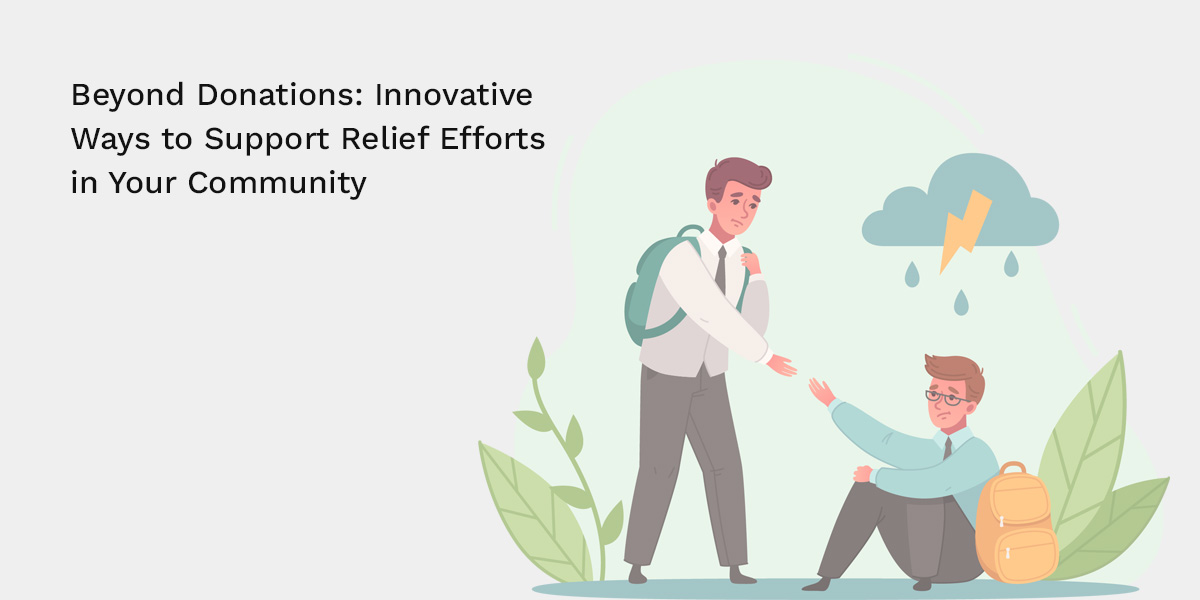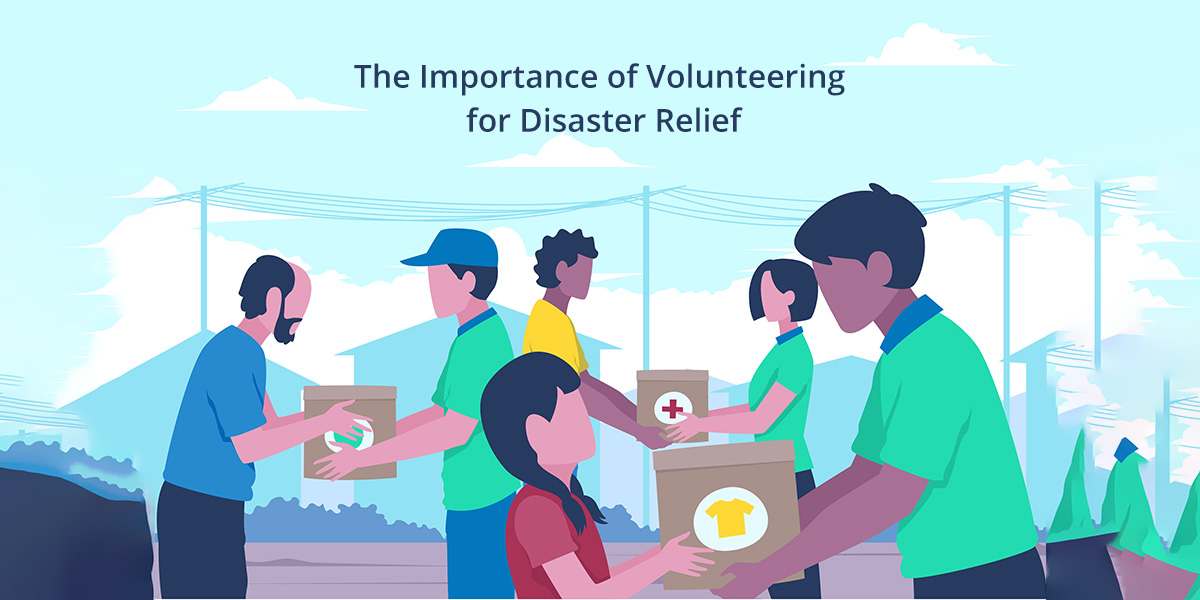Table of Contents
When disaster strikes, many people are eager to donate to support relief efforts in affected communities. While traditional donations such as money, food, and clothing can provide immediate aid, they often have limitations and challenges that go unaddressed. This is where alternative ways to support relief efforts come into play. In this article, we will explore the challenges of traditional donations, the importance of alternative ways to support relief efforts, and innovative ways to do so.
Challenges with Traditional Donations
Traditional donations can certainly help provide aid and resources for disaster relief efforts. However, they have their limitations. Firstly, traditional donations are often difficult to transport and distribute effectively. In many cases, these donations may not be suitable for the specific needs of the affected community. For example, clothing donations in the aftermath of a natural disaster may not be helpful if the community needs shelter, medical supplies, or clean water.
Secondly, traditional donations can also lead to an overflow of resources in some areas and a lack of resources in others. When too many donations are sent to one area, it can overwhelm local relief organizations and create logistical challenges in managing and distributing those resources.
Explanation of the limitations of traditional donations
Another challenge of traditional donations is the high costs associated with their transport and distribution. For example, if a company donates goods, it may have to pay shipping, storage, and handling fees. This can significantly reduce the value of the donation and limit the amount of aid that can be provided to the affected community.
Additionally, traditional donations can also be inefficient in terms of meeting the needs of the community. In some cases, these donations may not align with the cultural or dietary needs of the affected community. This can lead to wasted resources and a lack of meaningful impact.
Challenges with donations that often go unaddressed
Moreover, traditional donations can also cause an unwanted surge of waste, particularly when it comes to goods that are not needed by the community. In some cases, unsolicited donations can end up becoming a burden on the affected community, particularly when there is limited space for storage or disposal.
Finally, the traditional donation model does not always take into account the long-term needs of the affected community. The immediate needs of a community may be met with traditional donations, but the community may need ongoing support to rebuild and recover. This is where alternative ways to support relief efforts come into play.
Importance of alternative ways to support relief efforts
Alternative ways to support relief efforts are important because they address some of the challenges associated with traditional donations. These alternative methods are often more effective in meeting the specific needs of the affected community and can help to ensure that resources are allocated efficiently.
Alternative ways to support relief efforts can also be more cost effective than traditional donations. By working with local relief organizations, it is possible to identify specific needs and channel resources directly to where they are needed most.
Finally, alternative ways to support relief efforts can provide more sustainable solutions to disaster relief. Instead of simply providing immediate aid, these methods can help to build resilience and prepare communities for future disasters.
Innovative Ways to Support Relief Efforts
There are many innovative ways to support relief efforts beyond traditional donations. One approach is to support local businesses in the affected community. By purchasing goods and services from local businesses, donors can help to stimulate the local economy and provide meaningful support to the community.
Another approach is to donate to organizations that are working on long-term recovery efforts. These organizations often focus on rebuilding infrastructure, providing job training, and other long-term solutions that can help to build resilience in the community.
Crowdfunding is also a powerful tool for supporting relief efforts.
Examples of successful alternative ways to support relief efforts
Another way to support relief efforts is by offering your skills and expertise. For example, if you are a medical professional, you can volunteer your services to provide medical assistance to those affected by disasters. If you are a construction worker, you can offer to help rebuild homes and buildings that were destroyed.
In addition to volunteering your skills, you can also support relief efforts by organizing fundraising events. This can include bake sales, auctions, and benefit concerts. By raising money for relief efforts, you can help provide much-needed resources to those affected by disasters.
Finally, you can also support relief efforts by spreading awareness about the issue. Many people may not be aware of the extent of the damage caused by disasters and the ongoing need for support. By sharing information about the situation and encouraging others to get involved, you can help build a community of support for those affected by disasters.
Best Practices for Supporting Relief Efforts
When it comes to supporting relief efforts, it is important to do so responsibly and effectively. Here are some best practices to keep in mind:
- Research the organizations you support: Before donating or volunteering, take the time to research the organizations you are supporting. Make sure they are reputable and have a proven track record of providing effective relief efforts.
- Consider long-term support: While immediate relief efforts are important, it is also important to consider the long-term needs of communities affected by disasters. Look for organizations that are committed to ongoing support and rebuilding efforts.
- Consider alternative ways to support: As mentioned earlier, traditional donations are not always the most effective way to support relief efforts. Consider alternative ways to support, such as volunteering your skills or organizing fundraising events.
- Be mindful of cultural differences: When supporting relief efforts in different parts of the world, it is important to be mindful of cultural differences and to respect local customs and traditions.
Conclusion
In times of crisis, it is important to support relief efforts in any way you can. While traditional donations are important, there are many other ways to support relief efforts, including volunteering your skills, organizing fundraising events, and spreading awareness about the issue. By working together and using innovative approaches, we can support relief efforts and help communities rebuild and recover after disasters.






